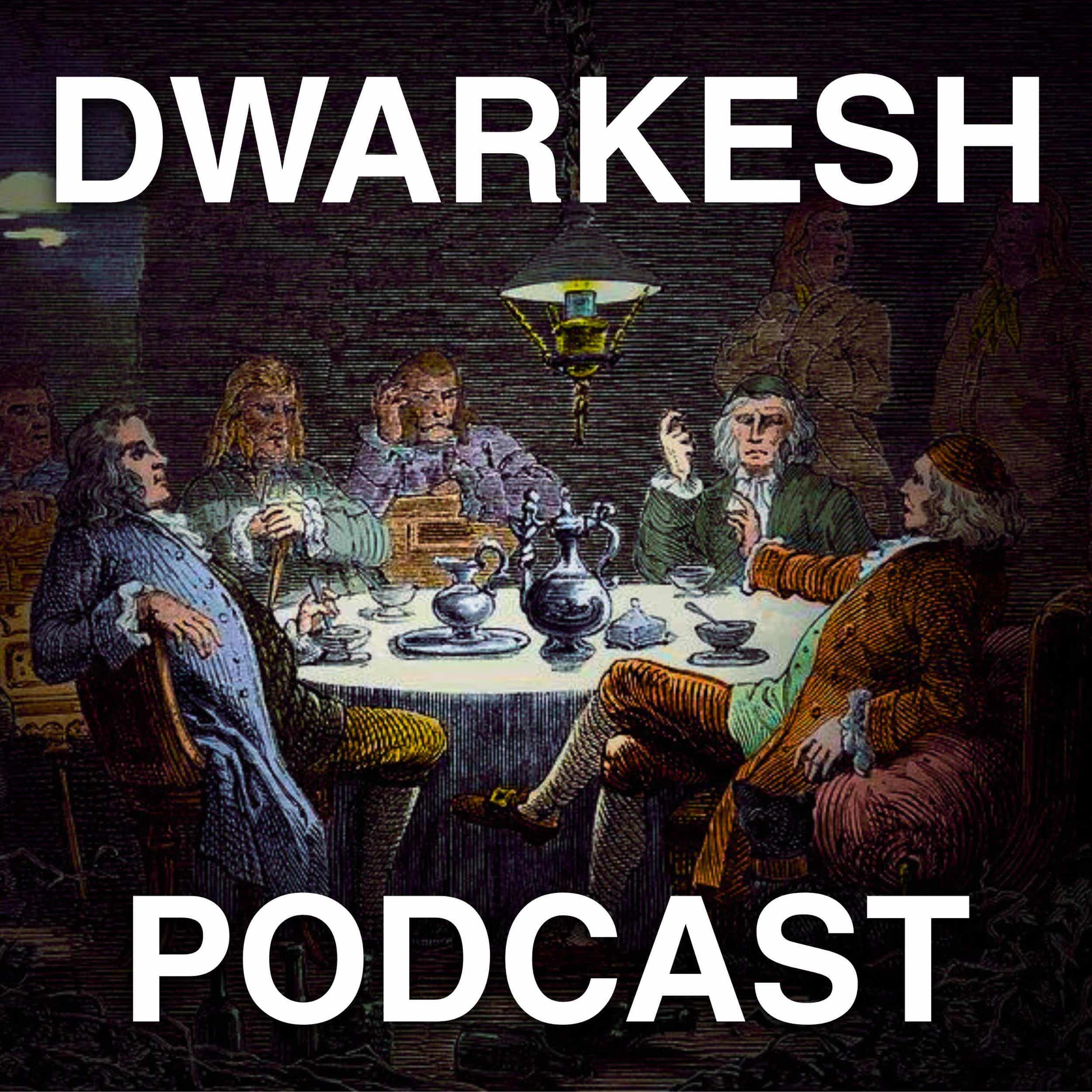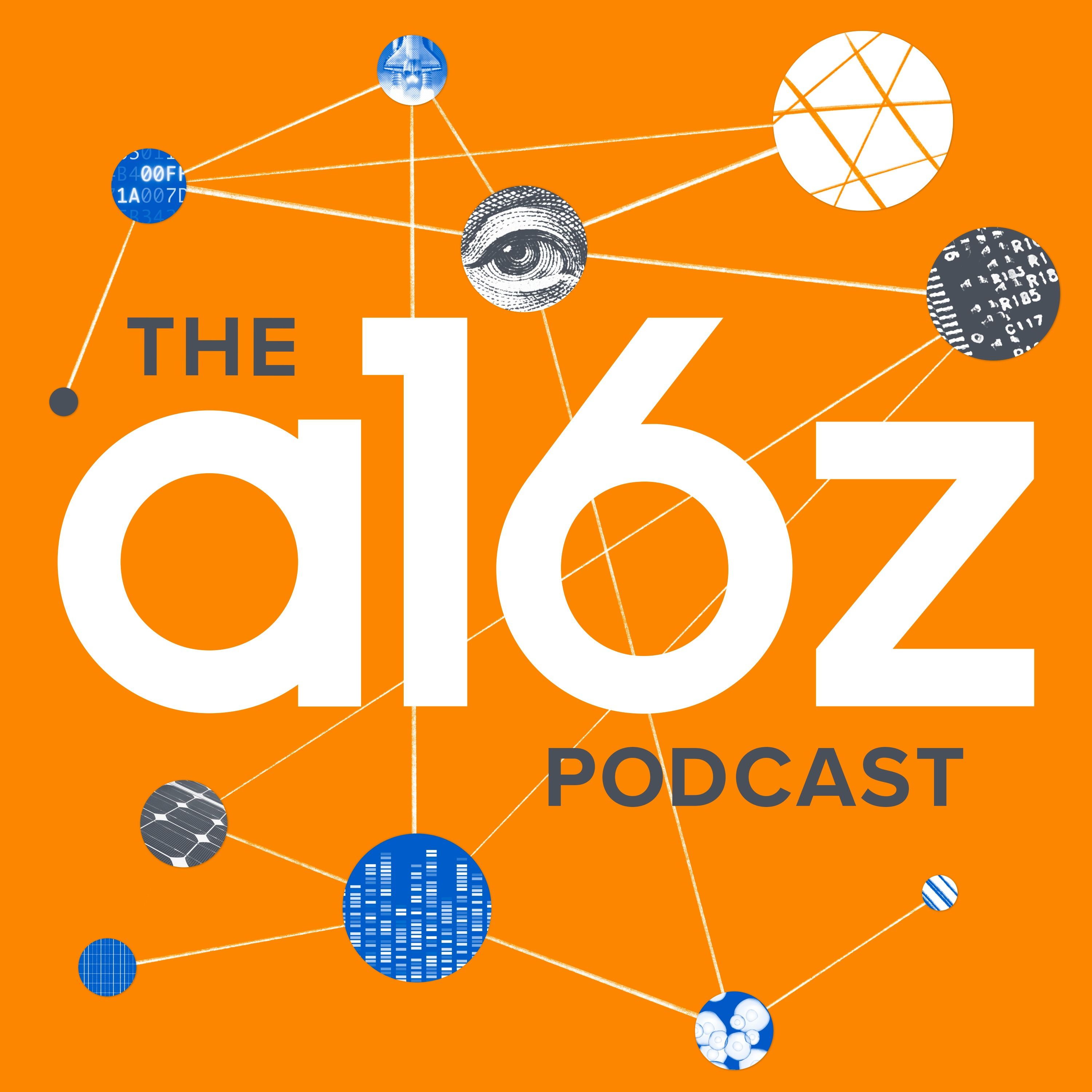PortalsOS
Related Posts
Vote to see vote counts
Nick Lane explains that uniparental inheritance, where mitochondria are inherited from only one parent, increases variance between daughter cells. This evolutionary strategy minimizes errors by ensuring that only one parent passes on mitochondria, which is crucial for maintaining genetic stability.

Nick Lane discusses how uniparental inheritance of mitochondria increases genetic variance between cells, allowing natural selection to favor those with fewer mutations.
Nick Lane describes how the mitochondrial genome has shrunk over time from thousands of genes to just 37 in humans. This reduction is due to the inability to maintain a large genome within the confined environment of a cell.
Eukaryotes have larger genomes because they acquired mitochondria, which provided more energy to support larger genetic material. This energy availability allows for systematic gene maintenance, unlike bacteria that rely on lateral gene transfer.
The concept of extreme polyploidy in giant bacteria, where they possess tens of thousands of genome copies, highlights the immense energy demands compared to the efficiency of eukaryotic cells.
The Earth acts like a giant battery, producing little living cell mini-batteries through hydrothermal vents. This fascinating theory suggests that the structure of cells mirrors the Earth's own structure, with electrons inside and a relatively oxidized outside.

Zach Dell discusses the importance of energy storage in reducing electricity costs. He highlights that while the cost to generate electricity has decreased due to solar energy, the cost to move electrons has increased due to aging infrastructure. Batteries offer a more efficient alternative by moving power through time rather than space.
Nick Lane posits that the electromagnetic fields generated by membrane potential might indicate our physical metabolic state in relation to the environment. This could redefine how we understand consciousness and the role of mitochondria, potentially opening new research directions.
Bacterial evolution is fascinating because they maintain small genomes but have access to a large pan genome. For example, an E. coli cell might have 3,000 to 4,000 genes but access to 30,000 to 40,000 genes. This allows them to adapt by borrowing genes from other strains, which is crucial for survival in different environments.
Anesthetics affect mitochondria, which is surprising because it suggests that even simple organisms like amoebas can be made 'unconscious'. This raises intriguing questions about the nature of consciousness beyond neural networks.